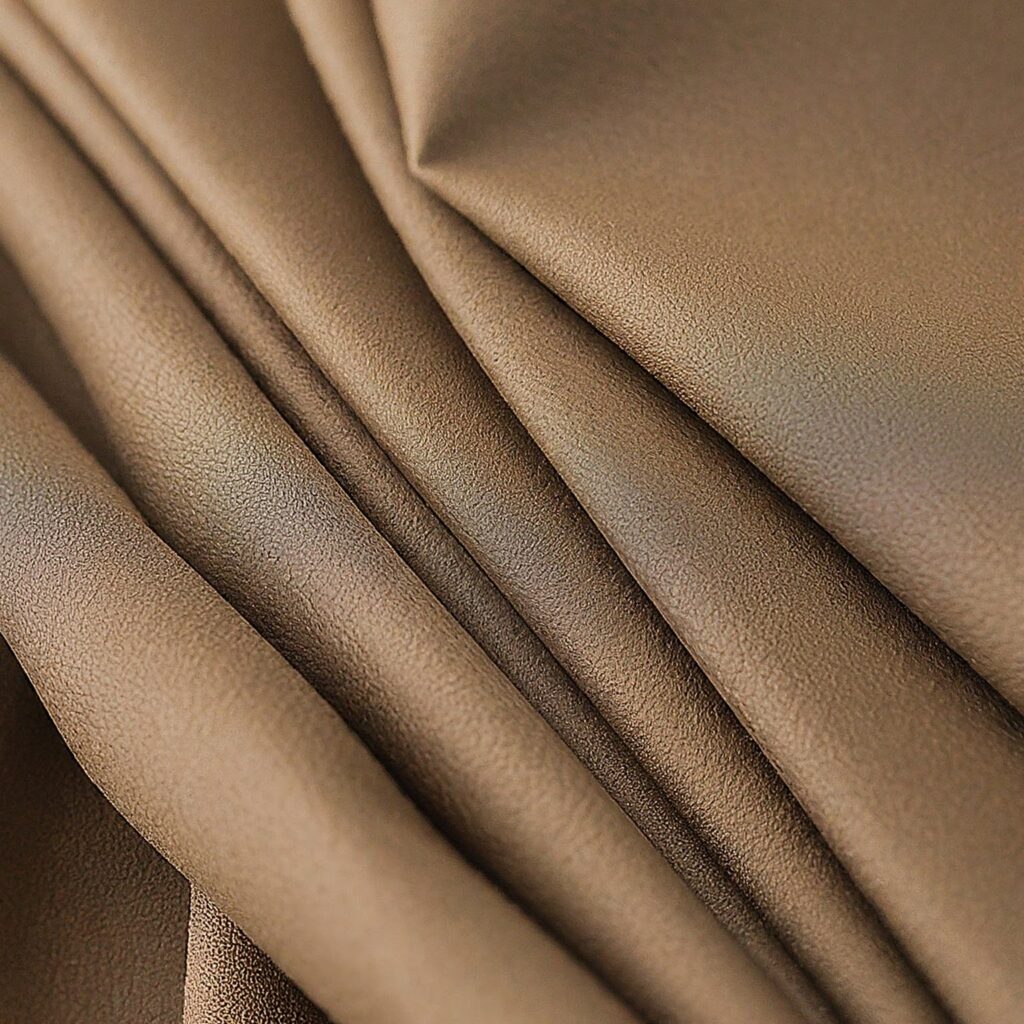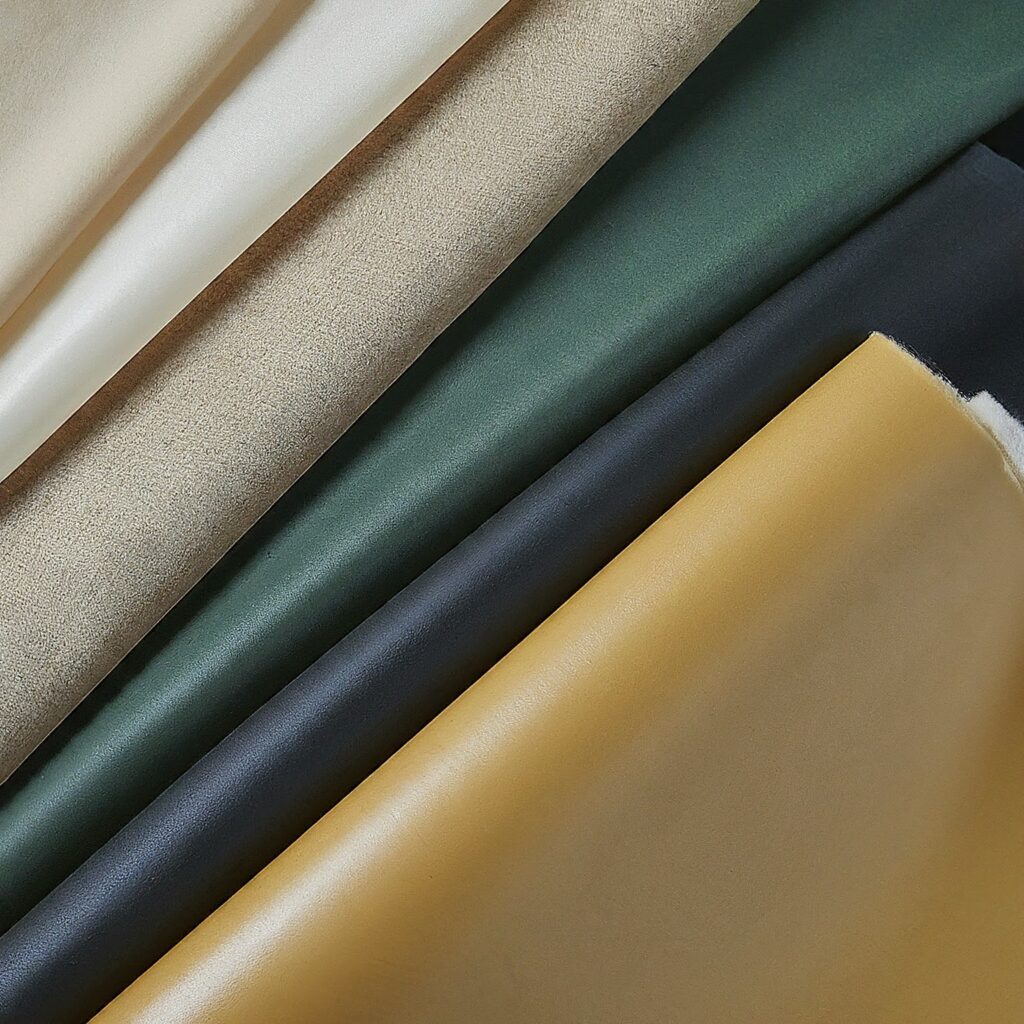Woven Interlining: The Secret to Sharp Clothes
So, you’ve got a fabulous piece of clothing with a structured silhouette or crisp lapels. But have you ever wondered what keeps it looking that way, wash after wash? The answer is woven interlining fabric
This article is your one-stop guide to understanding and caring for garments with woven interlining. We’ll break down everything you need to know, from what interlining fabric is to how to keep your clothes looking their best.
Table of Content
- What is Woven Interlining?
- Benefits of Woven Interlining in Garments
- Different Types of Woven Interlining
- Caring for Clothes with Woven Interlining
- Common Issues with Woven Interlining and How to Fix Them
- Tips for Spot Cleaning Garments with Woven Interlining
- Professional Cleaning for Garments with Woven Interlining
- Tailoring and Repairs for Garments with Woven Interlining
What is Woven Interlining?
Imagine a secret layer sandwiched between the outer fabric of your garment and the lining. That’s woven interlining! It’s a woven interlining fabric, typically made from materials like cotton, polyester, or blends, that adds structure, support, and shape retention to specific areas of your clothes.
Think of it like an invisible backbone for your garment’s form. It helps jackets maintain their sharp lines, prevents collars from flopping, and gives structured dresses a defined silhouette.

Benefits of Woven Interlining in Garments
Woven interlining is more than just a structural element; it offers several benefits to your clothes:
- Enhanced Shape Retention: By adding an extra layer of stability, woven interlining fabric helps garments maintain their intended shape, even after multiple wears and washes.
- Improved Drape: Depending on the type of interlining used, it can create a crisp or a softer drape, giving your clothes a more polished look.
- Increased Durability: Woven interlining acts as a protective layer, reinforcing areas like collars, cuffs, and pockets that are prone to wear and tear.
- Smoother Seams: It helps to create smoother and bulk-free seams, making your clothes look more professional and finished.
Different Types of Woven Interlining
The world of woven interlining is vast, with different types designed for specific applications. Here’s a quick breakdown of some common varieties:
- Hair Canvas: A strong and heavyweight interlining often used in tailored jackets and coats for a structured and classic look.
- Fusible Interlining: This type has a heat-activated adhesive backing that allows it to be ironed directly onto the garment fabric. It’s popular for collars, cuffs, and belts.
- Non-Fusible Interlining: This interlining is sewn onto the garment and is ideal for delicate fabrics that wouldn’t handle the heat of ironing.
- Woven Pellon: A lightweight and versatile interlining commonly used in shirt collars, cuffs, and bags for added support without too much stiffness.

Caring for Clothes with Woven Interlining
Here are some key tips for laundry and storage:
- Always check the care label: This is your garment’s golden rulebook. It will specify the recommended washing temperature, drying method, and any ironing instructions.
- Turn garments inside out: This helps protect the outer fabric and the interlining fabric from abrasion during washing.
- Use a gentle laundry detergent: Harsh detergents can damage the interlining and the outer fabric. Opt for a gentle detergent designed for delicates.
- Skip the dryer: High heat can shrink or damage the interlining. Air-dry your garments on a flat surface or hanger, depending on the care label instructions.
- Store clothes properly: Hang garments with woven interlining on sturdy hangers to maintain their shape. Avoid folding them, as creases can become permanent.
Common Issues with Woven Interlining and How to Fix Them
Even with proper care, issues can arise with woven interlining. Here’s how to tackle some common problems:
- Shrinking: If your garment with woven interlining shrinks slightly after washing, try gently steaming it while pulling on the fabric to restore its shape.
- Bubbling: If fusible interlining starts to bubble or peel away from the fabric, it’s best to consult a professional tailor for repair. Heat reactivation might be an option, but a professional can assess the damage and recommend the best course of action.
- Loss of Shape: Over time, woven interlining can lose some of its structure. You can try using a garment steamer to help reshape the garment, but for a more permanent fix, a tailor might need to replace the interlining altogether.

Tips for Spot Cleaning Garments with Woven Interlining
- Act fast: The sooner you address a stain, the easier it will be to remove.
- Identify the stain: Knowing the culprit (coffee, oil, etc.) will help you choose the right cleaning method.
- Blot, don’t rub: Rubbing can spread the stain and damage the fabric. Use a clean, absorbent cloth to blot up as much of the stain as possible.
- Test on an inconspicuous area: Before applying any cleaning solution directly to the stain, test it on a hidden seam or inner hem to ensure it doesn’t discolor the fabric, especially important for garments with non-woven interlining fabric which may react differently than woven materials.
- Use gentle cleaning solutions: Avoid harsh chemicals or bleach, which can damage both the interlining and the outer fabric. Opt for a mild detergent solution or a stain remover specifically designed for delicates.
- Work from the outside in: This prevents the stain from spreading further into the fabric and the interlining.
- Rinse thoroughly: After treating the stain, use clean water to remove any cleaning residue.
- Air dry completely: Don’t apply heat directly to the stain until it’s completely dry.

Professional Cleaning for Garments with Woven Interlining
For delicate garments with intricate interlining or stubborn stains, professional cleaning is always the safest option. Here’s what to keep in mind:
- Inform the cleaner about the interlining: Let them know your garment has woven interlining fabric, so they can choose the appropriate cleaning methods.
- Ask about cleaning solutions: Inquire about the types of cleaning solutions they use and ensure they are safe for garments with interlining.
- Consider specialty cleaning: Some dry cleaners offer specialty cleaning services for delicate fabrics and interlining type
Tailoring and Repairs for Garments with Woven Interlining
Over time, woven interlining can wear down or become damaged. Here’s when a tailor can be your best friend:
- Replacing interlining: If your garment has lost its shape or the interlining is starting to bubble or peel, a tailor can replace it with a new piece. They can advise on the most suitable interlining types (woven or non-woven) based on the garment’s construction and desired outcome.
- Repairing seams: If seams with interlining come loose, a tailor can expertly repair them to restore the garment’s structure.
- Customizing fit: A skilled tailor can adjust the fit of your garment while considering the presence of interlining to ensure it maintains its shape and flatters your figure.

By following these tips, you can ensure your clothes with woven interlining stay looking sharp and last for years to come. Remember, a little care goes a long way in keeping your wardrobe looking its best!
Link of related Articles

